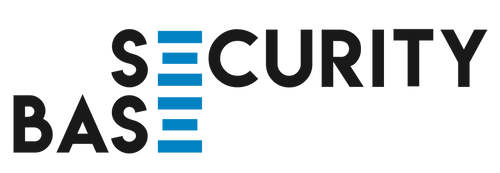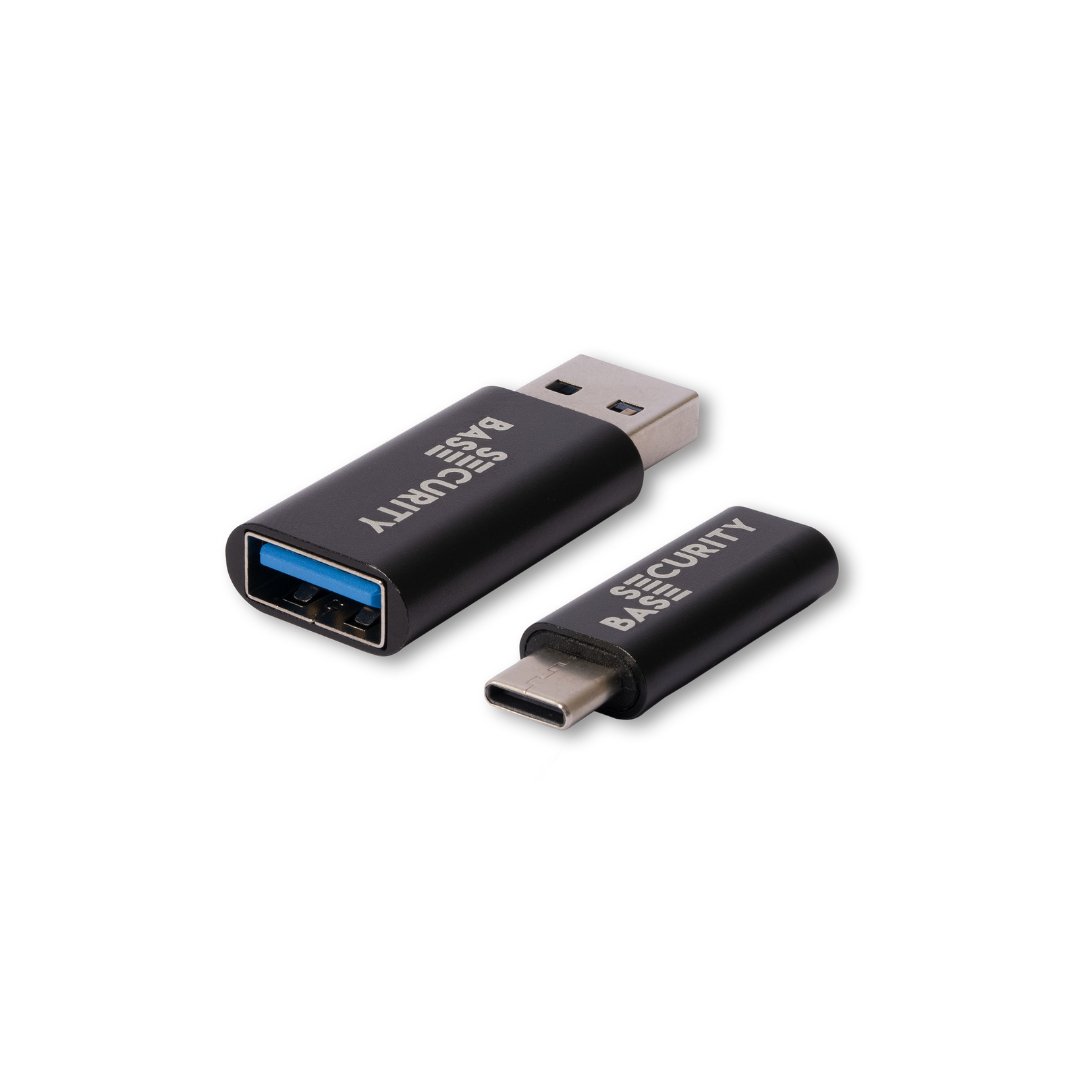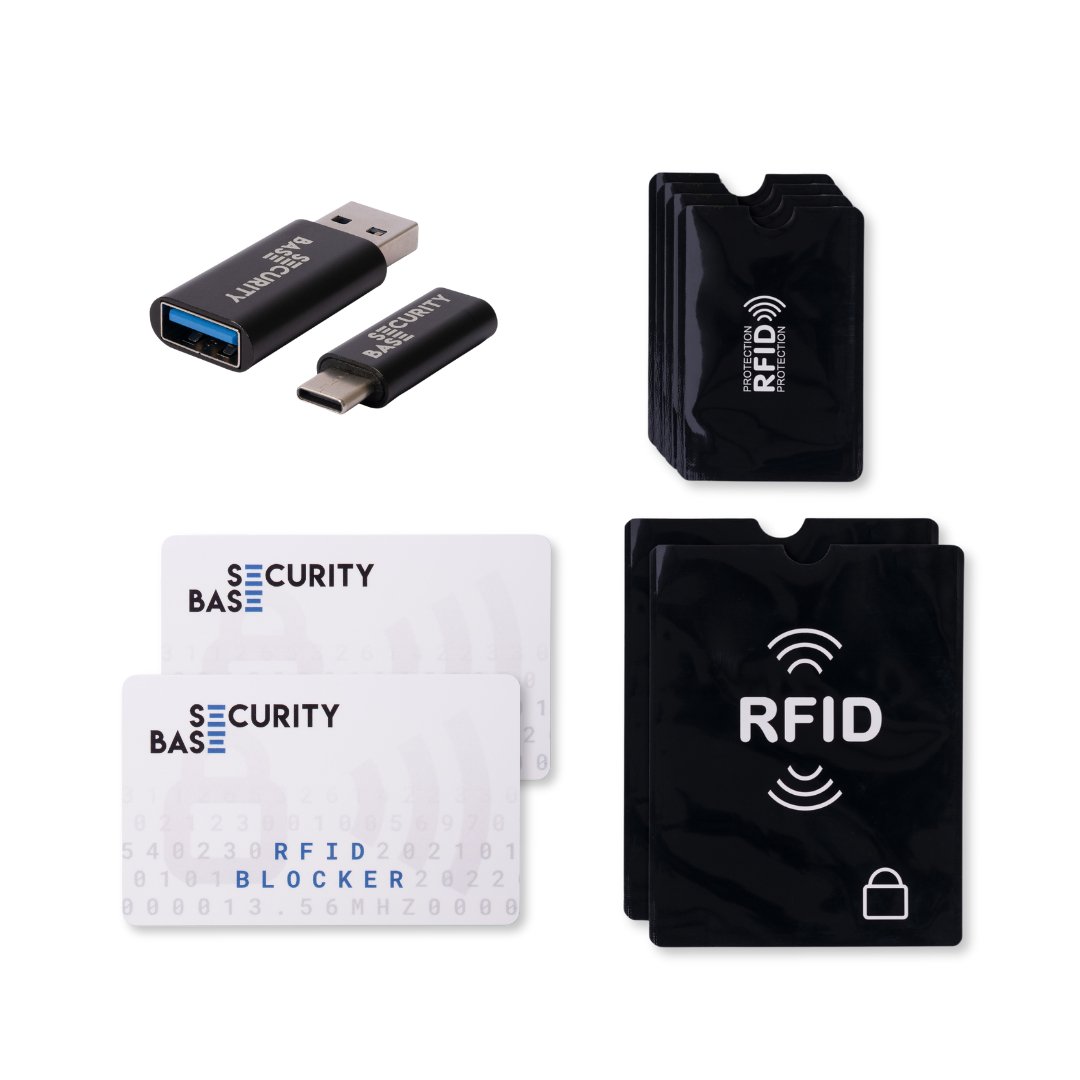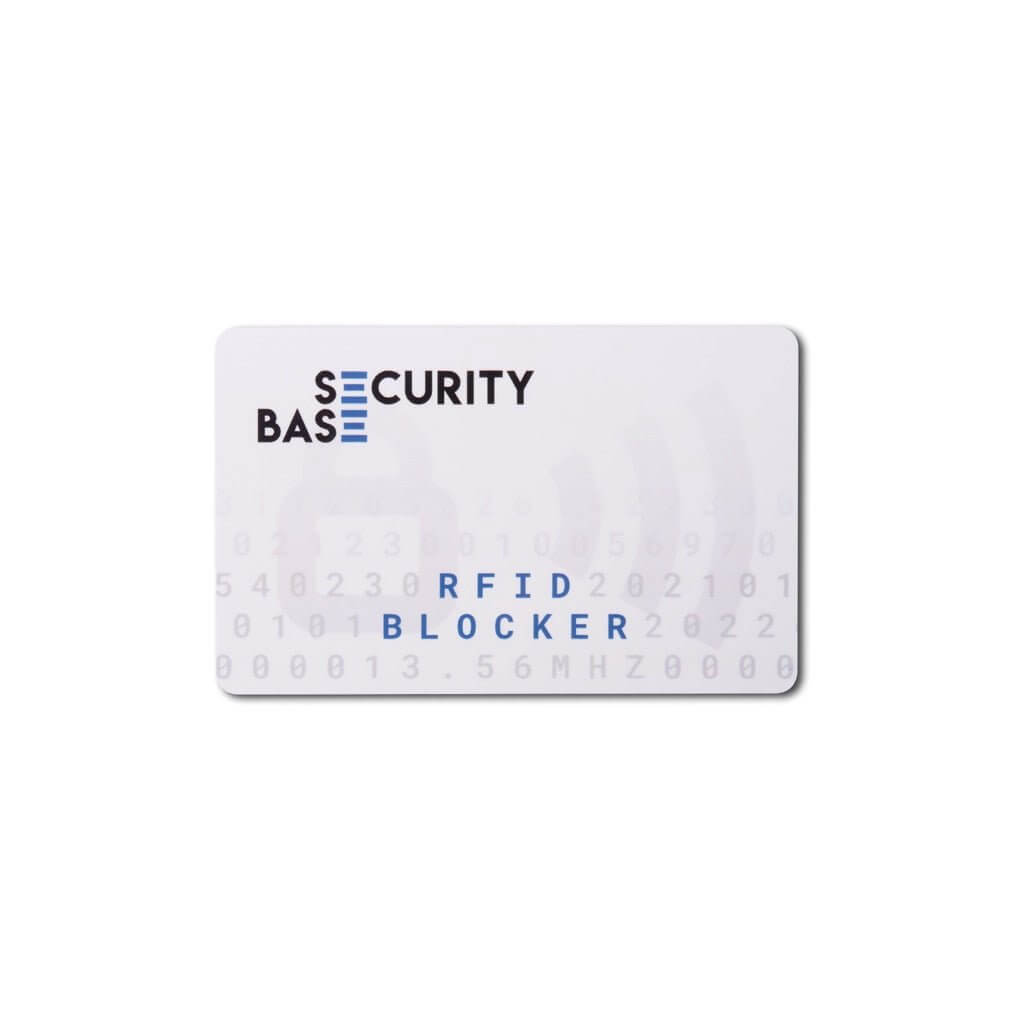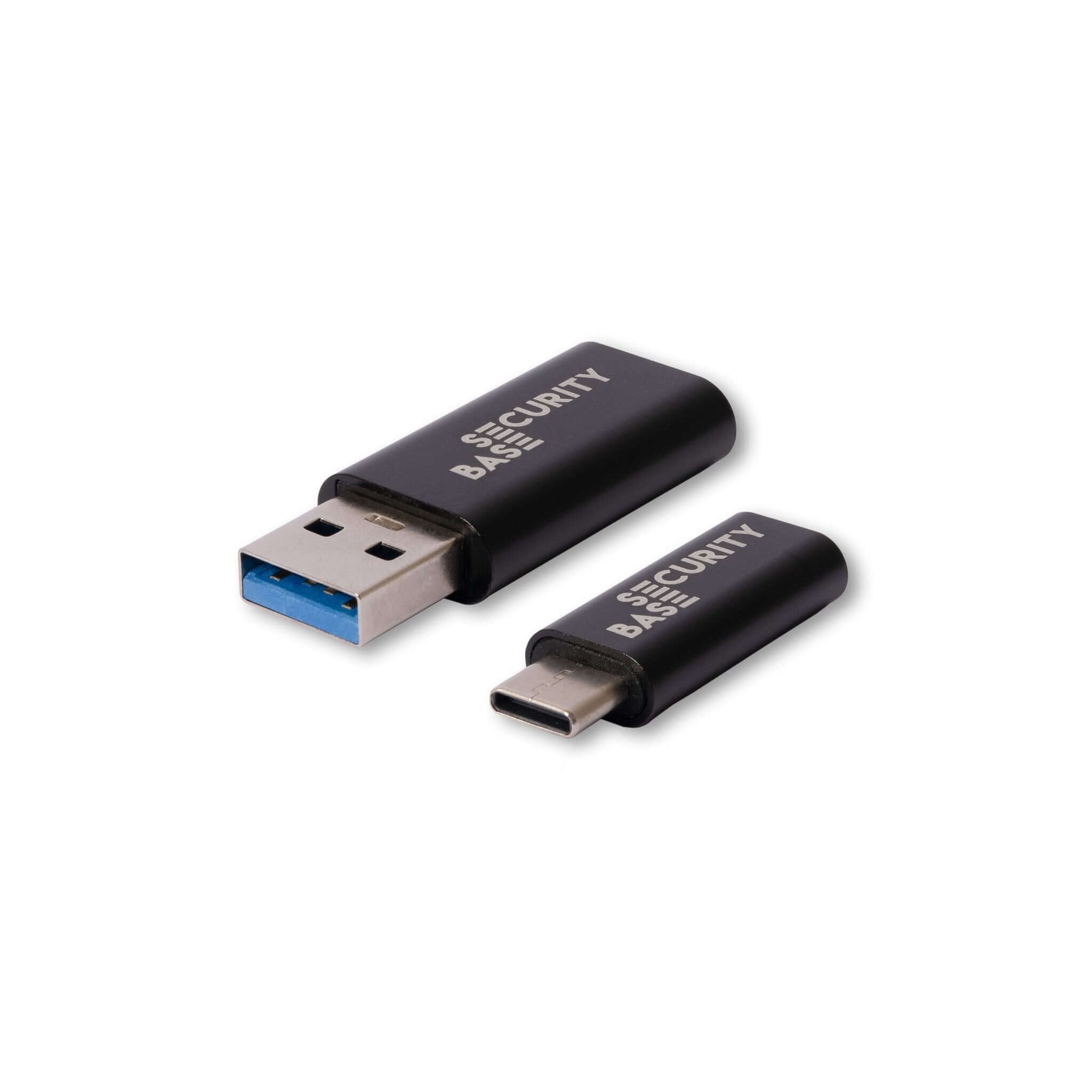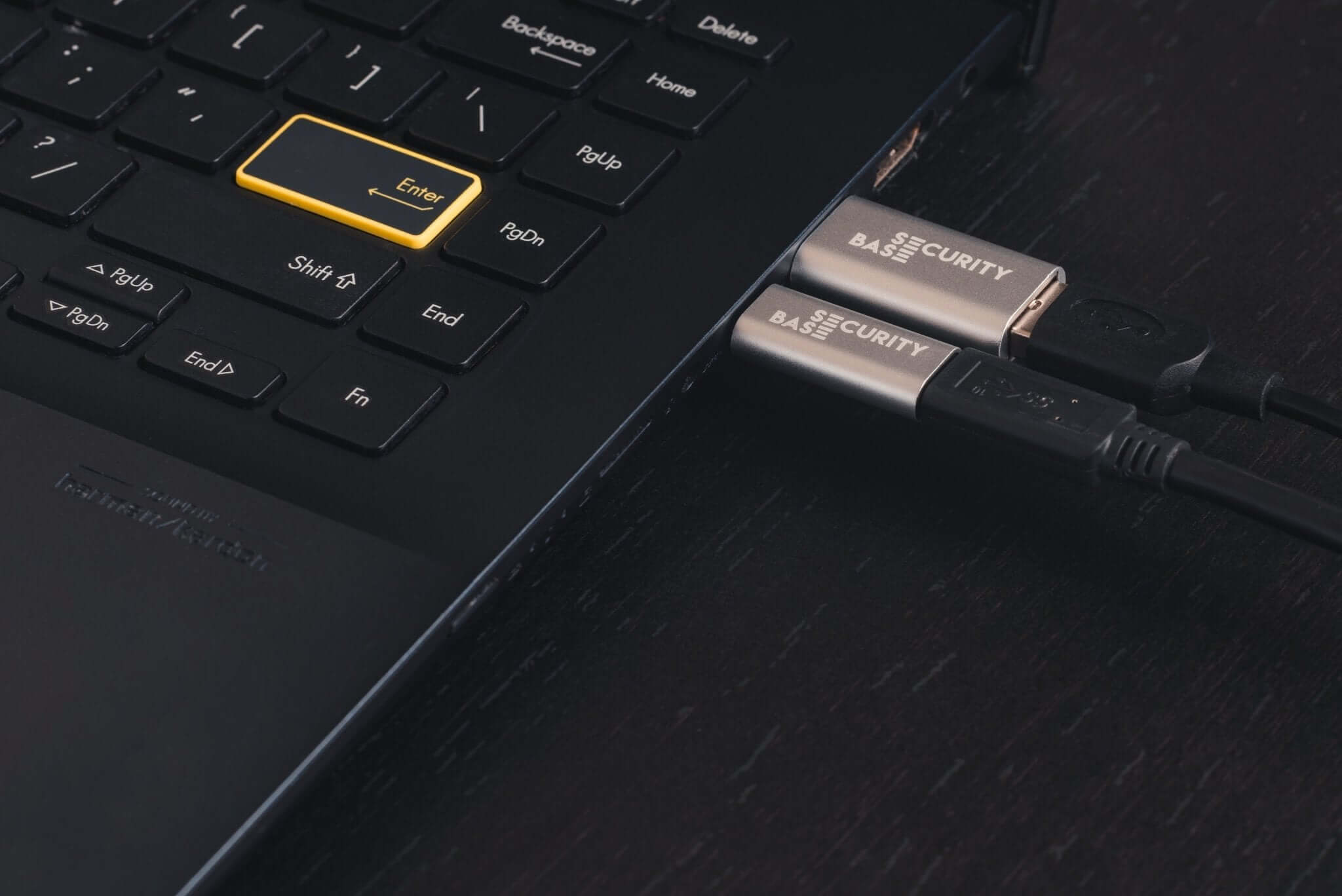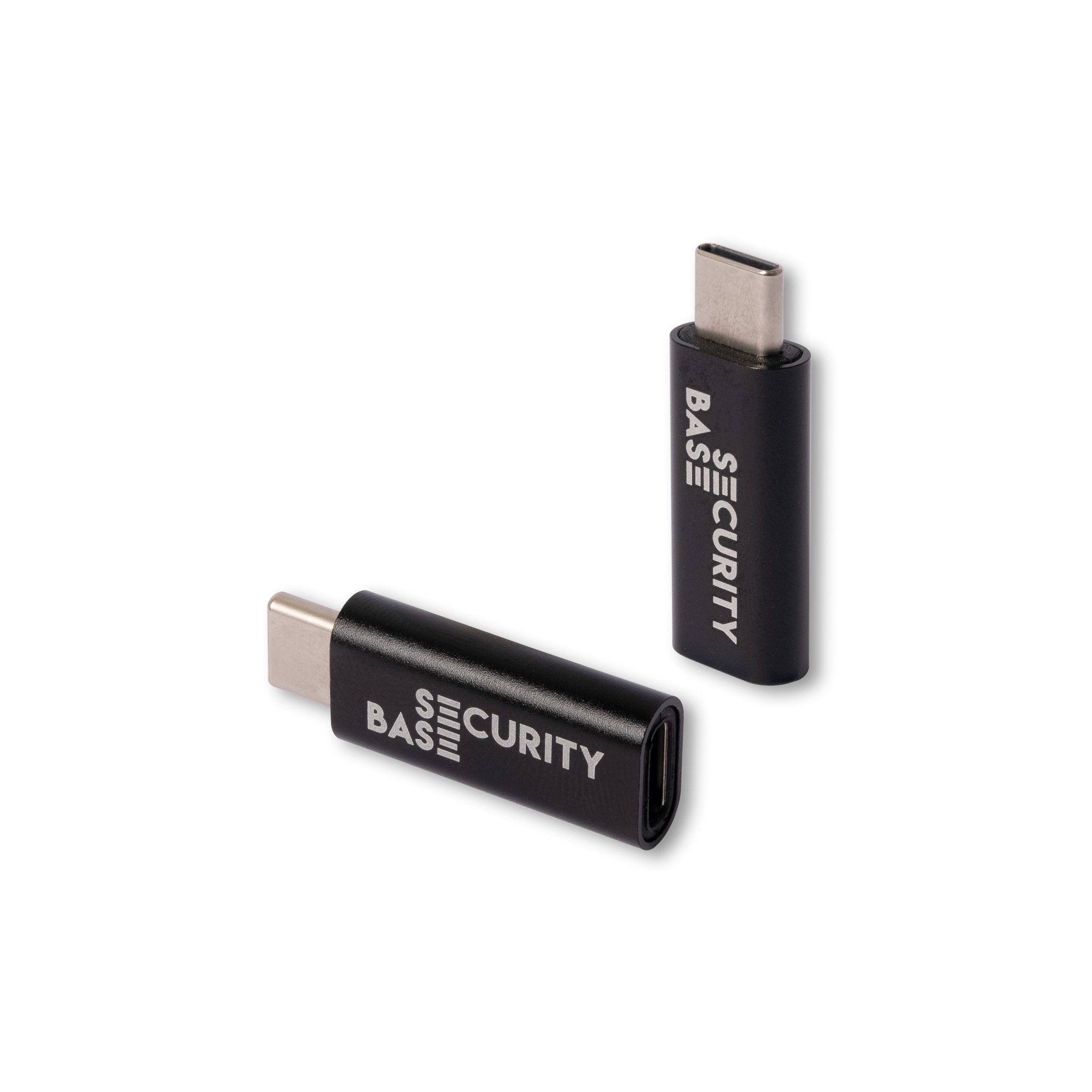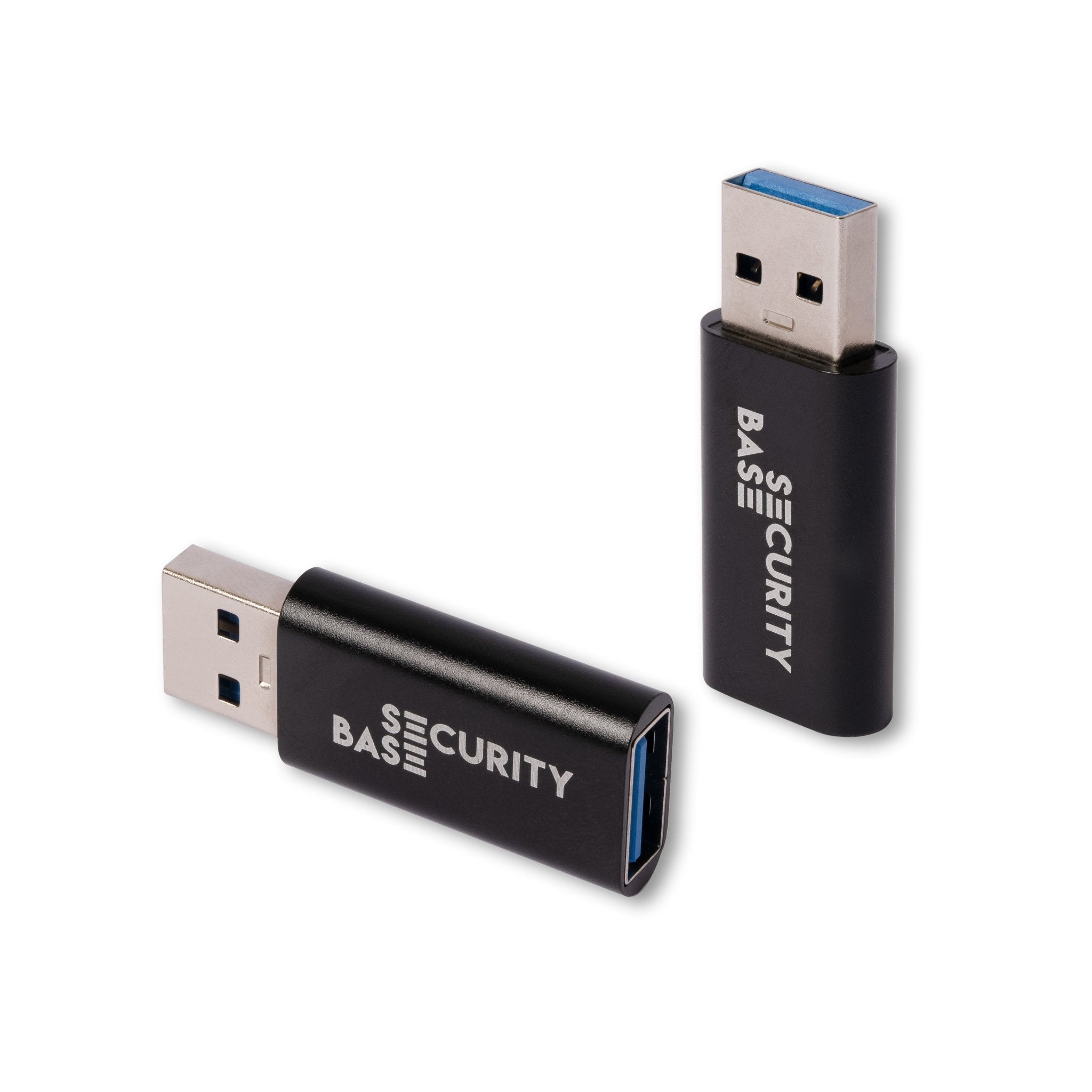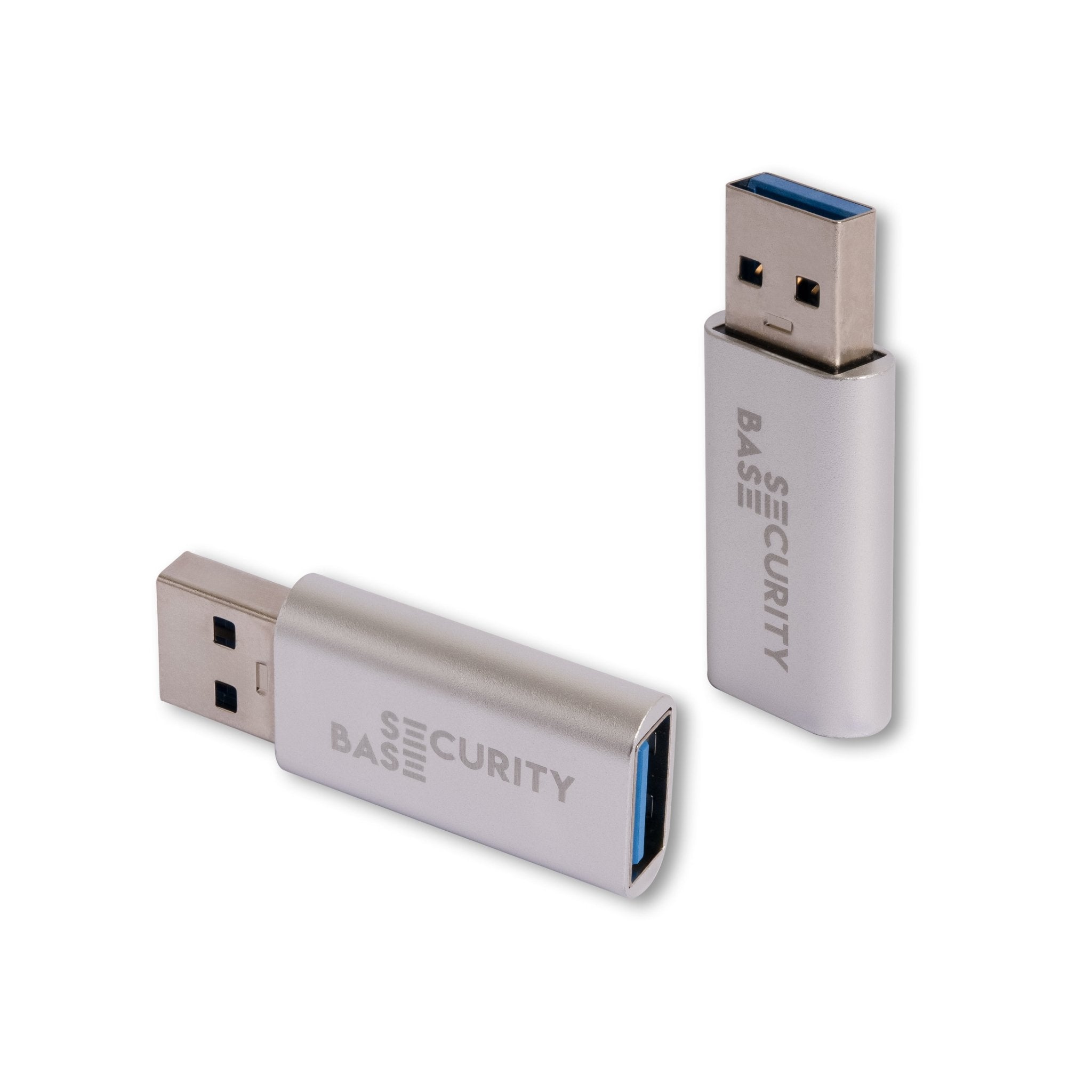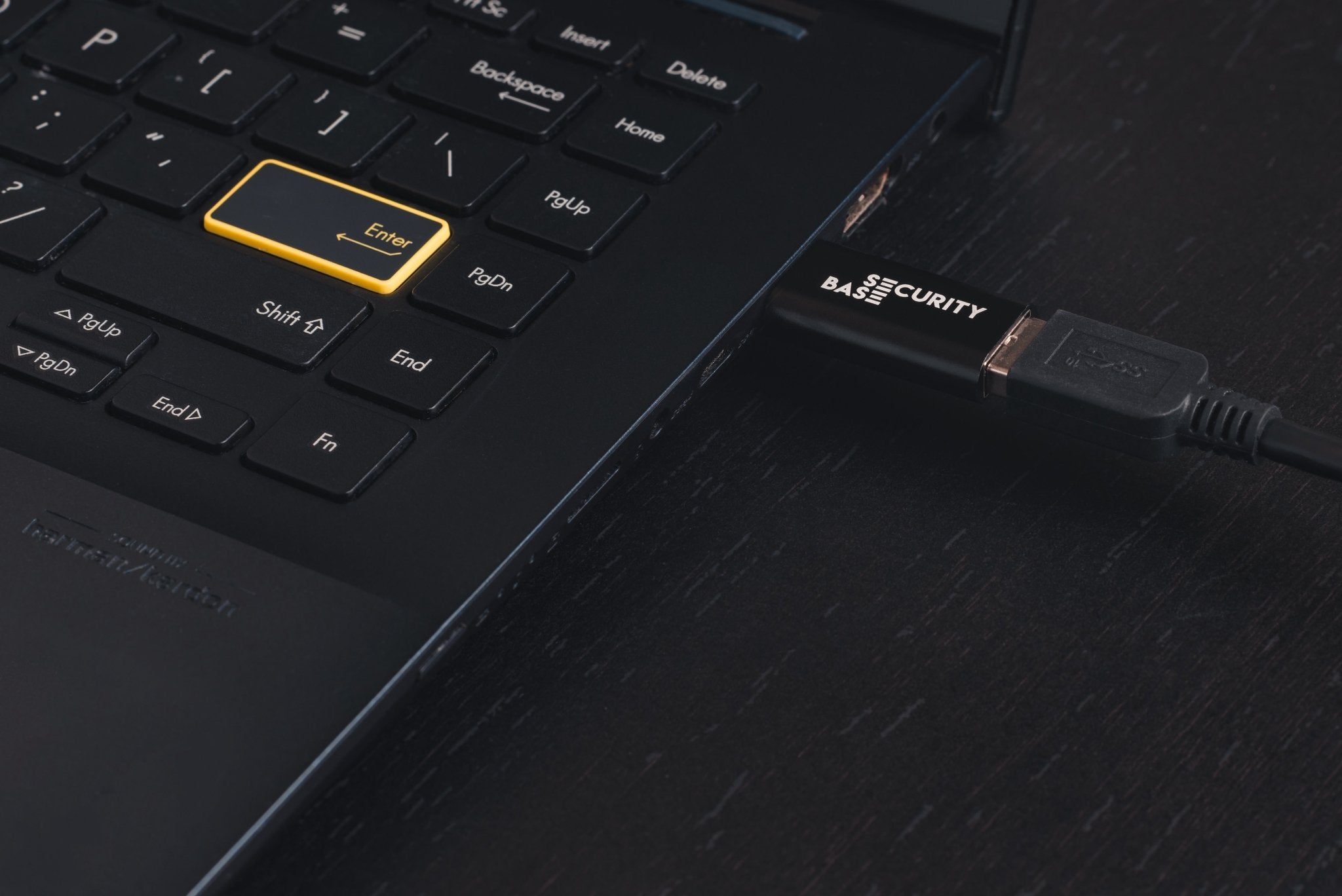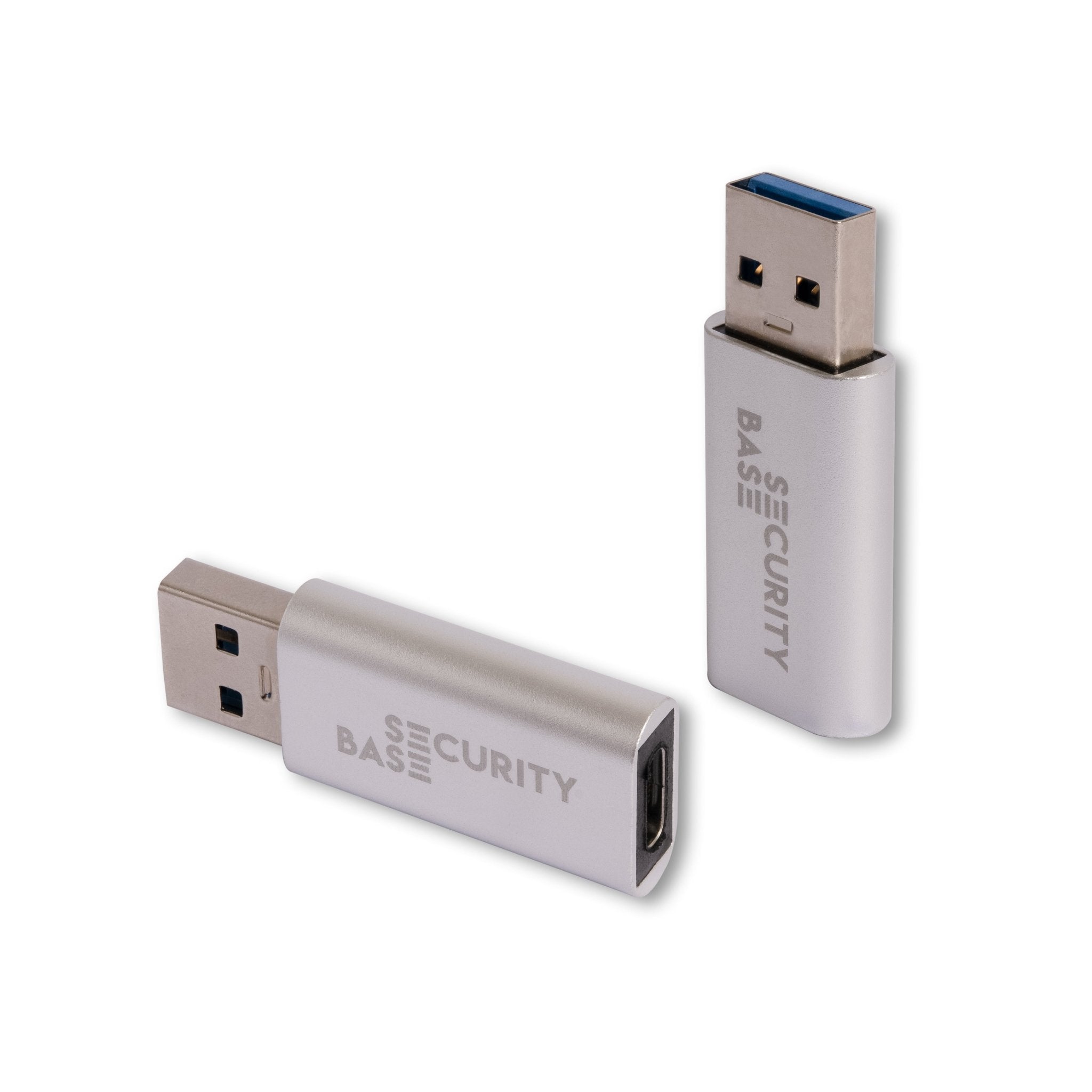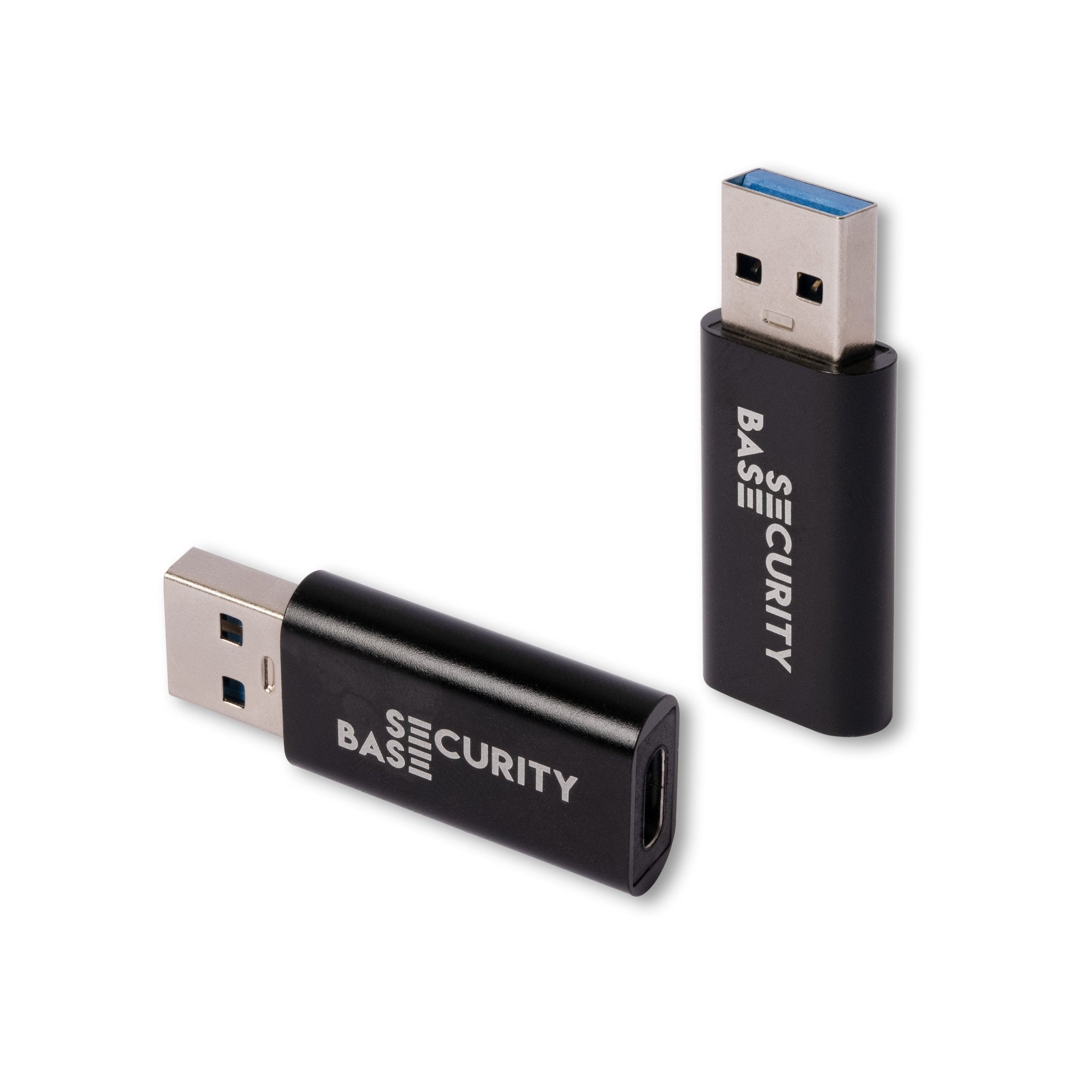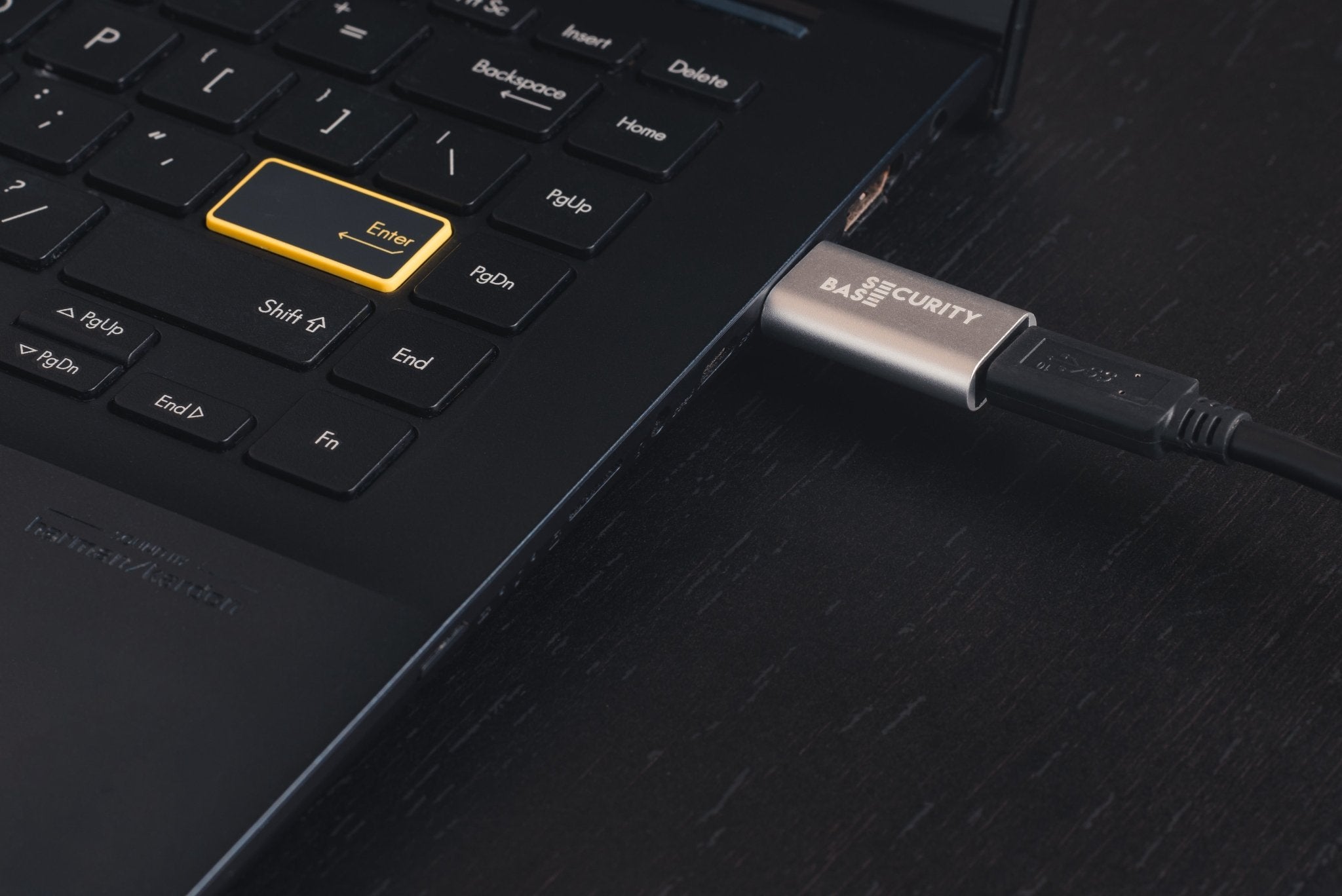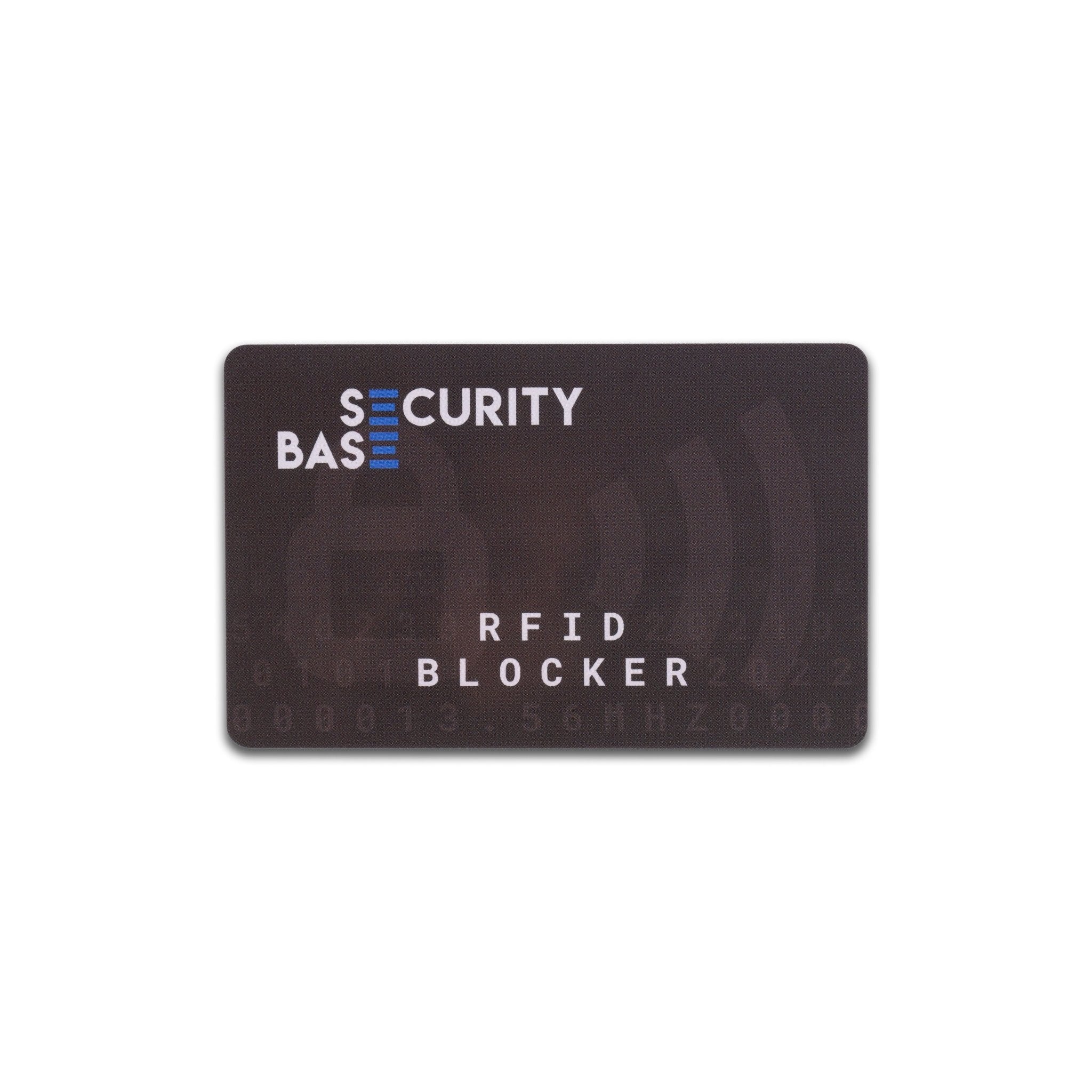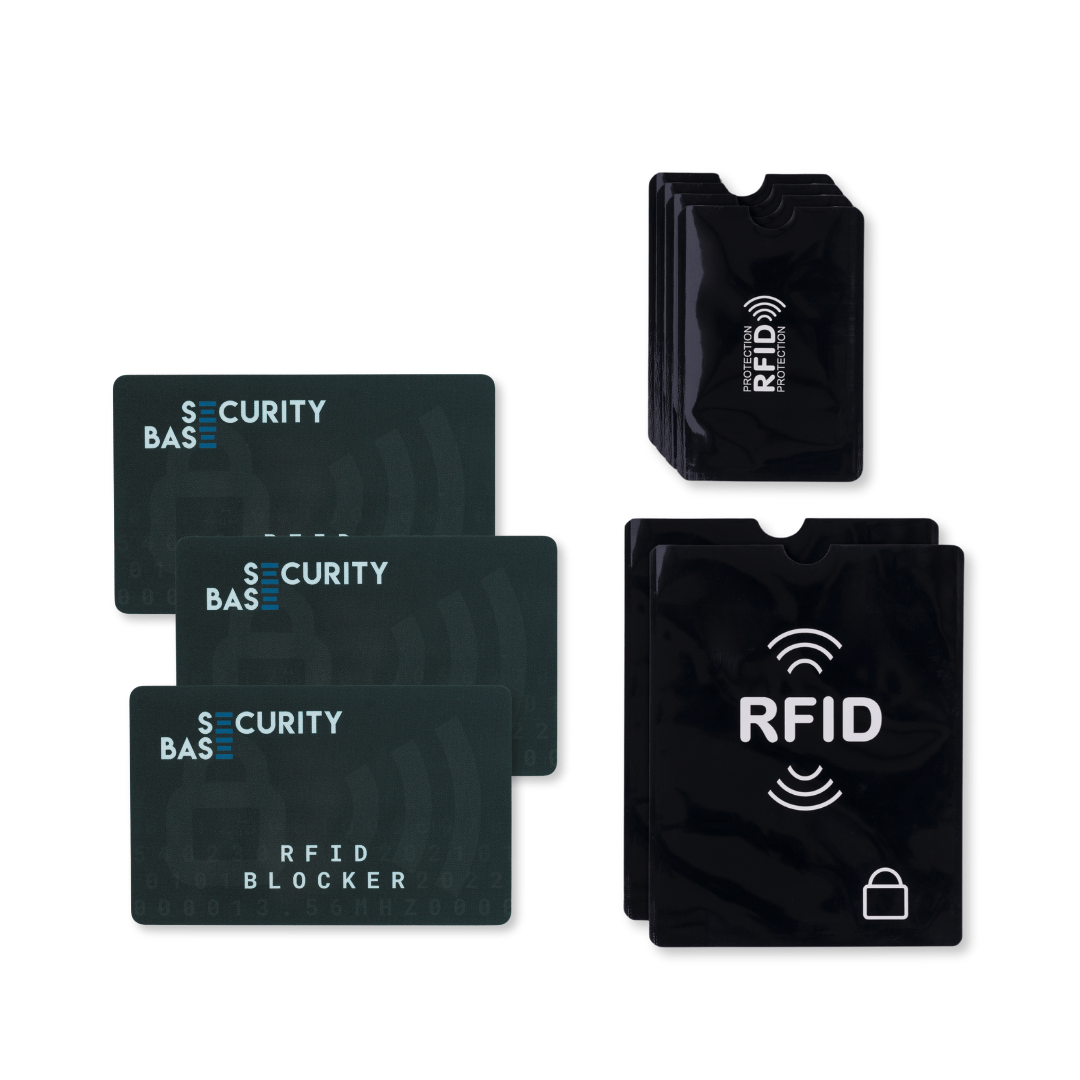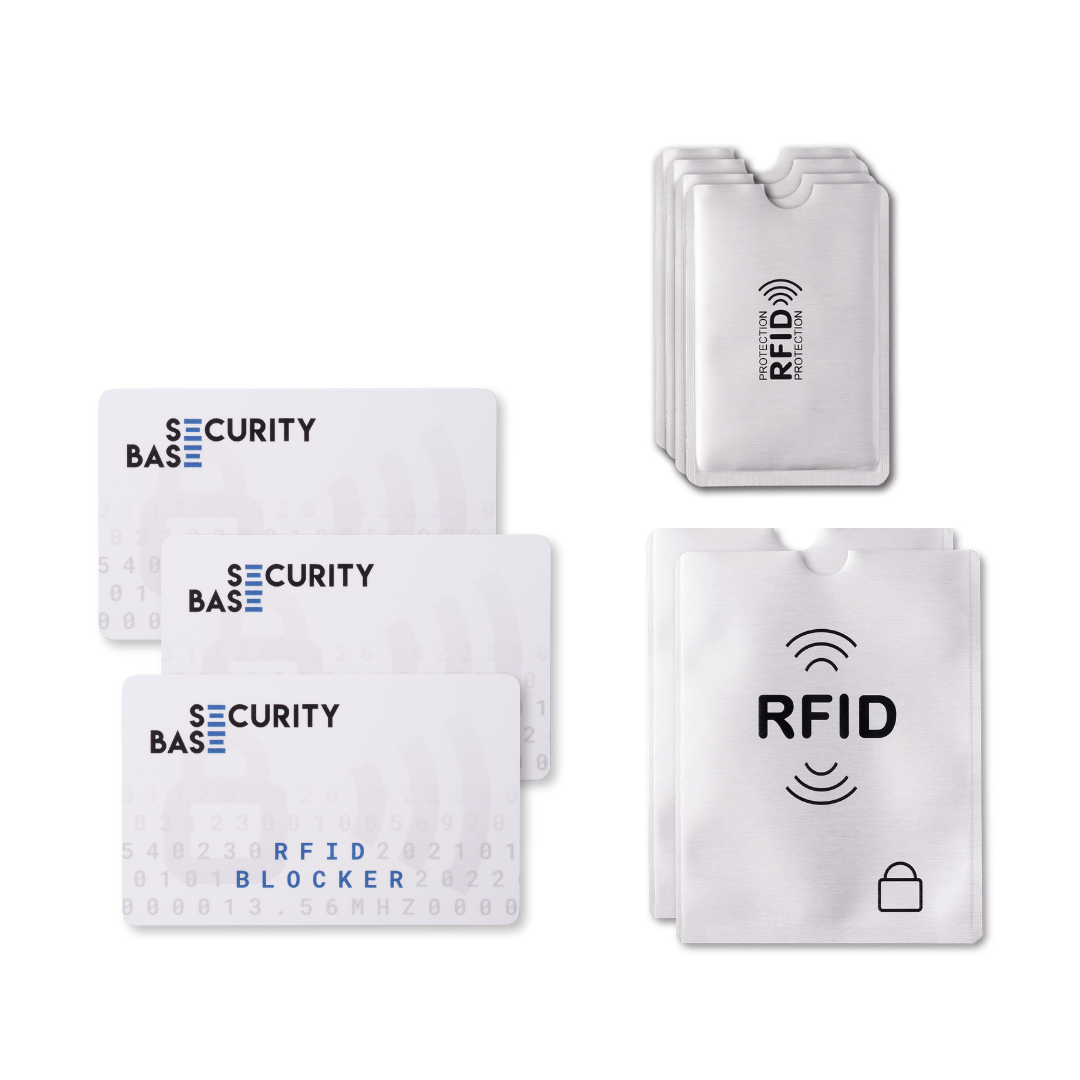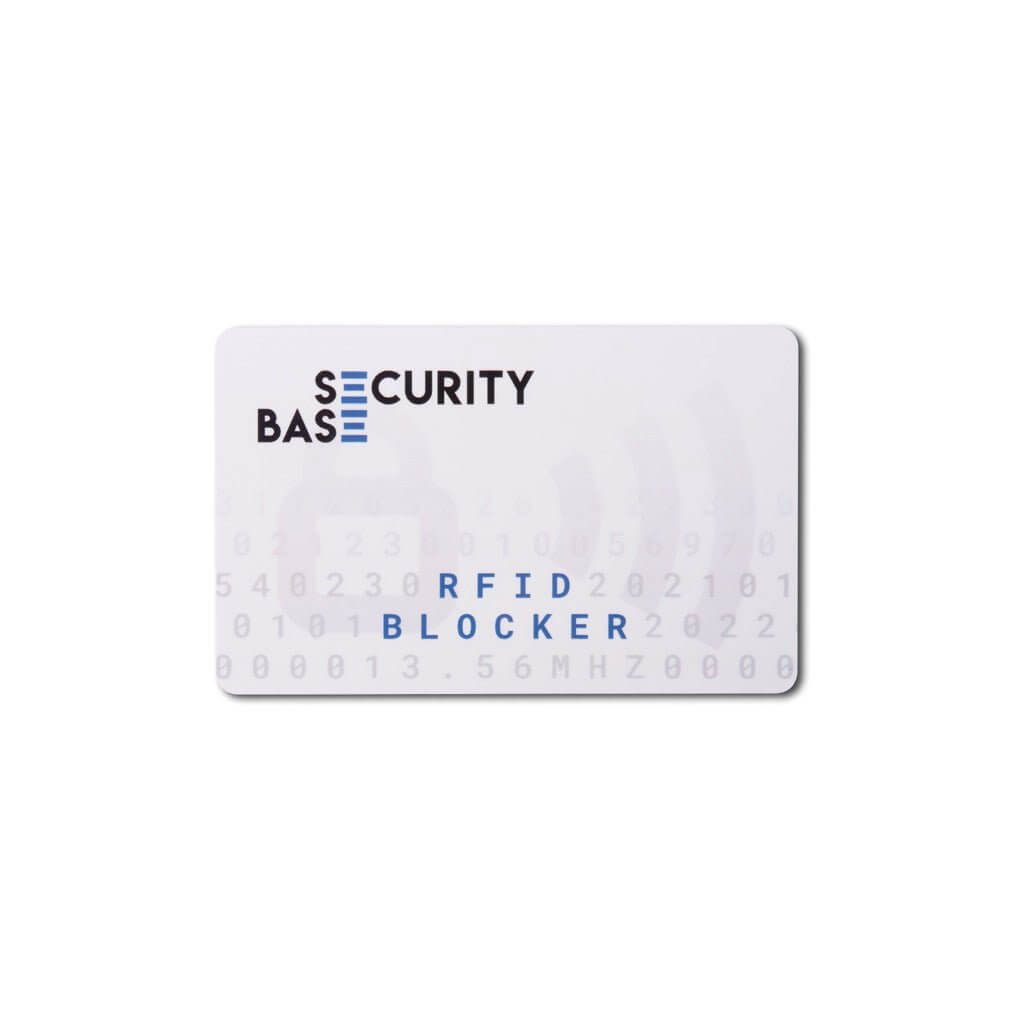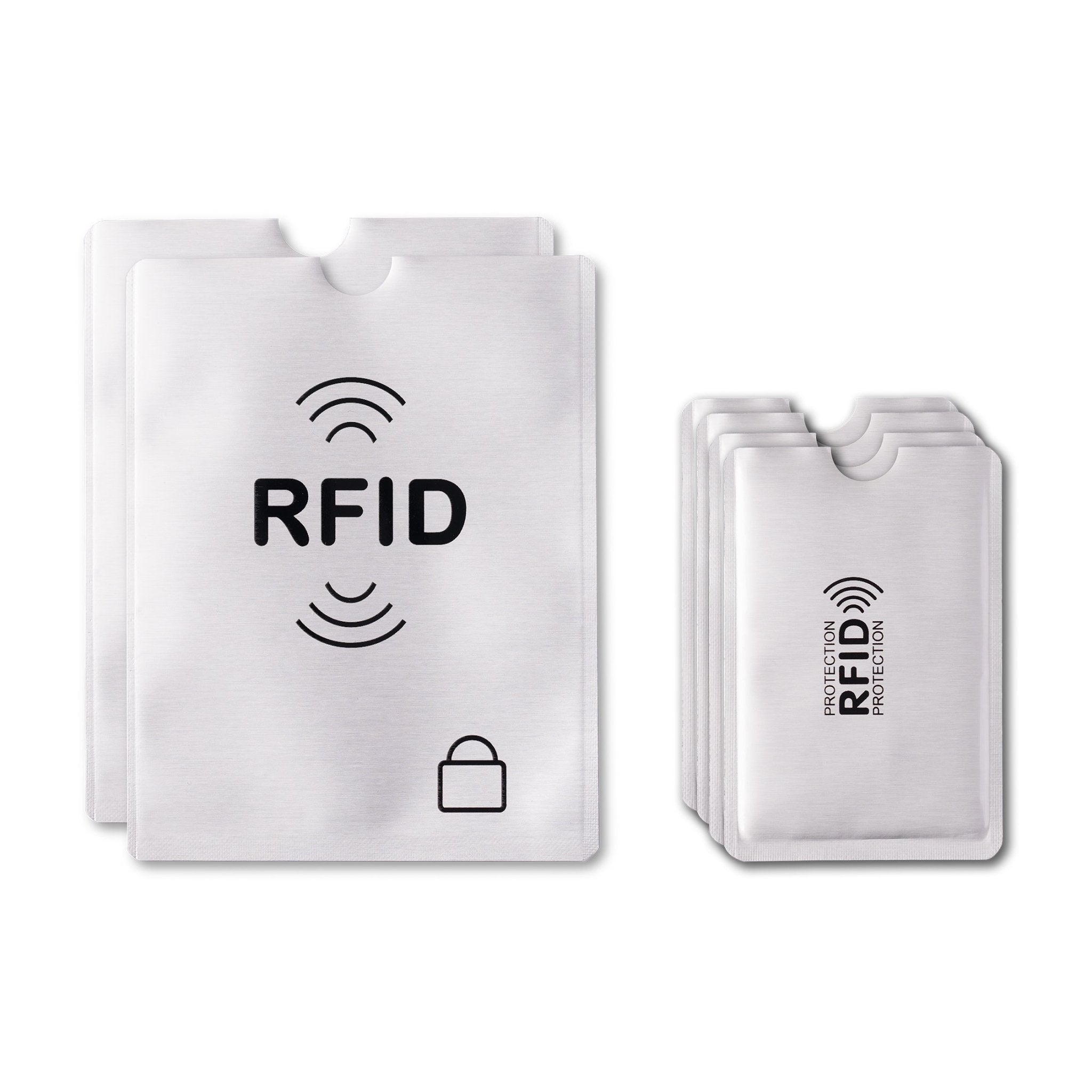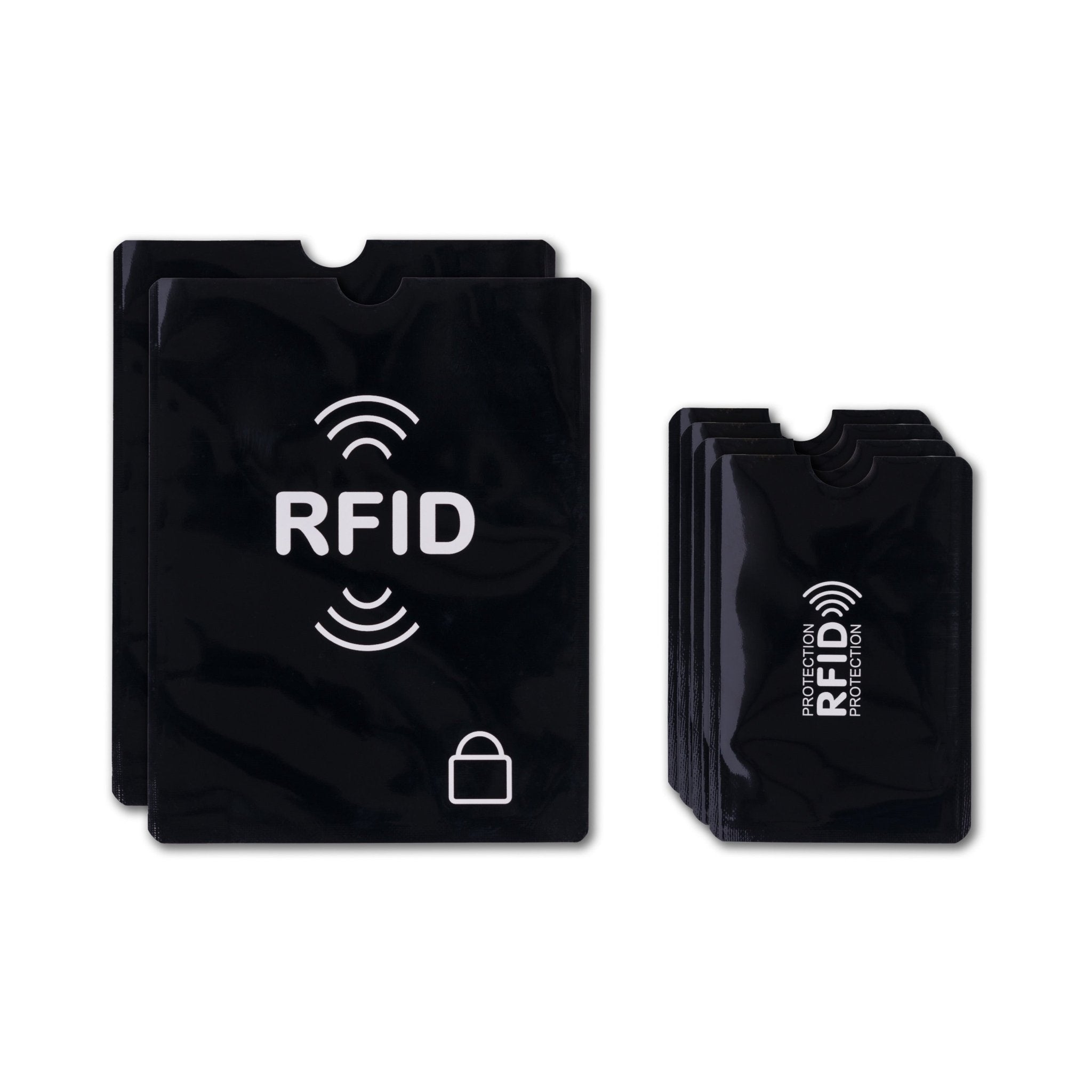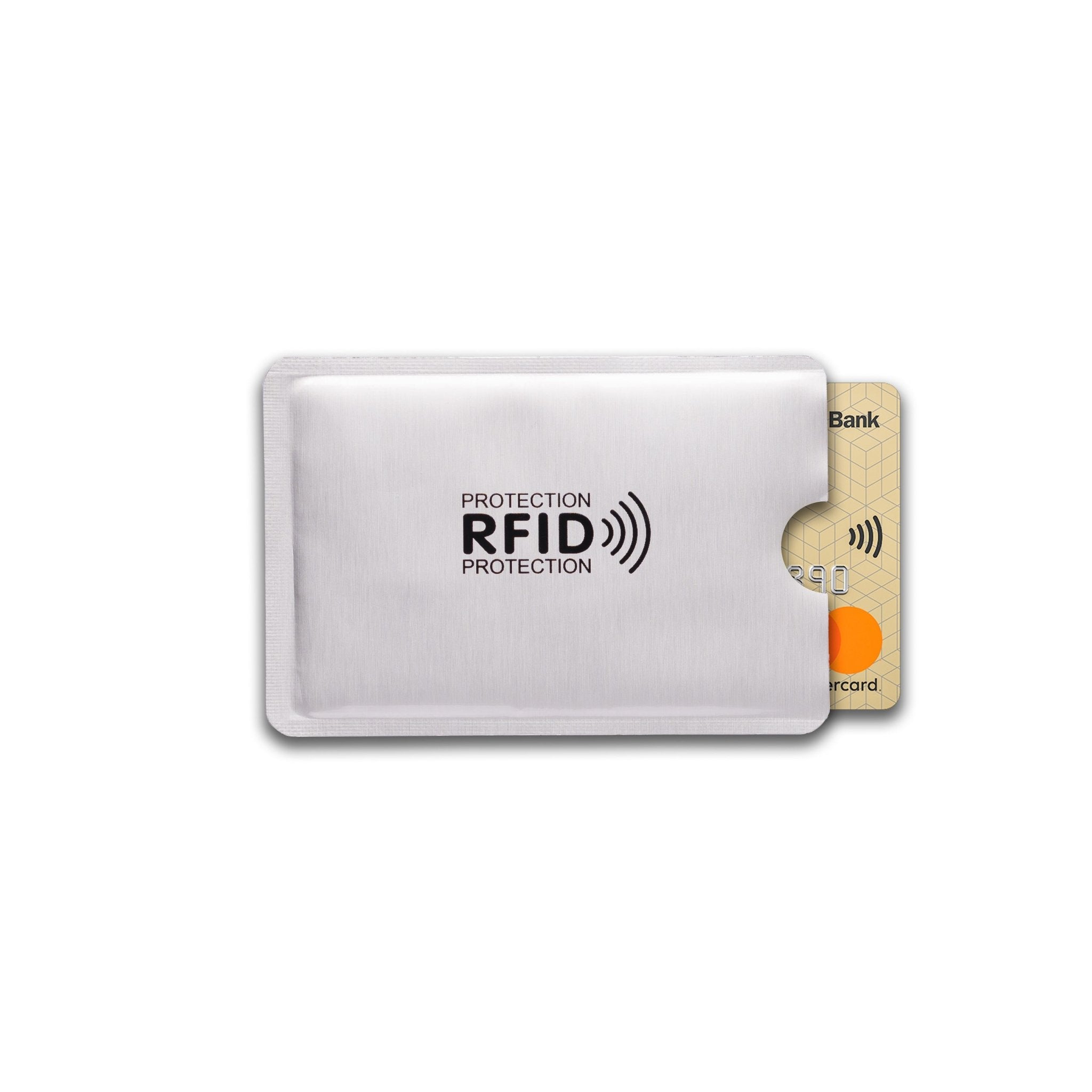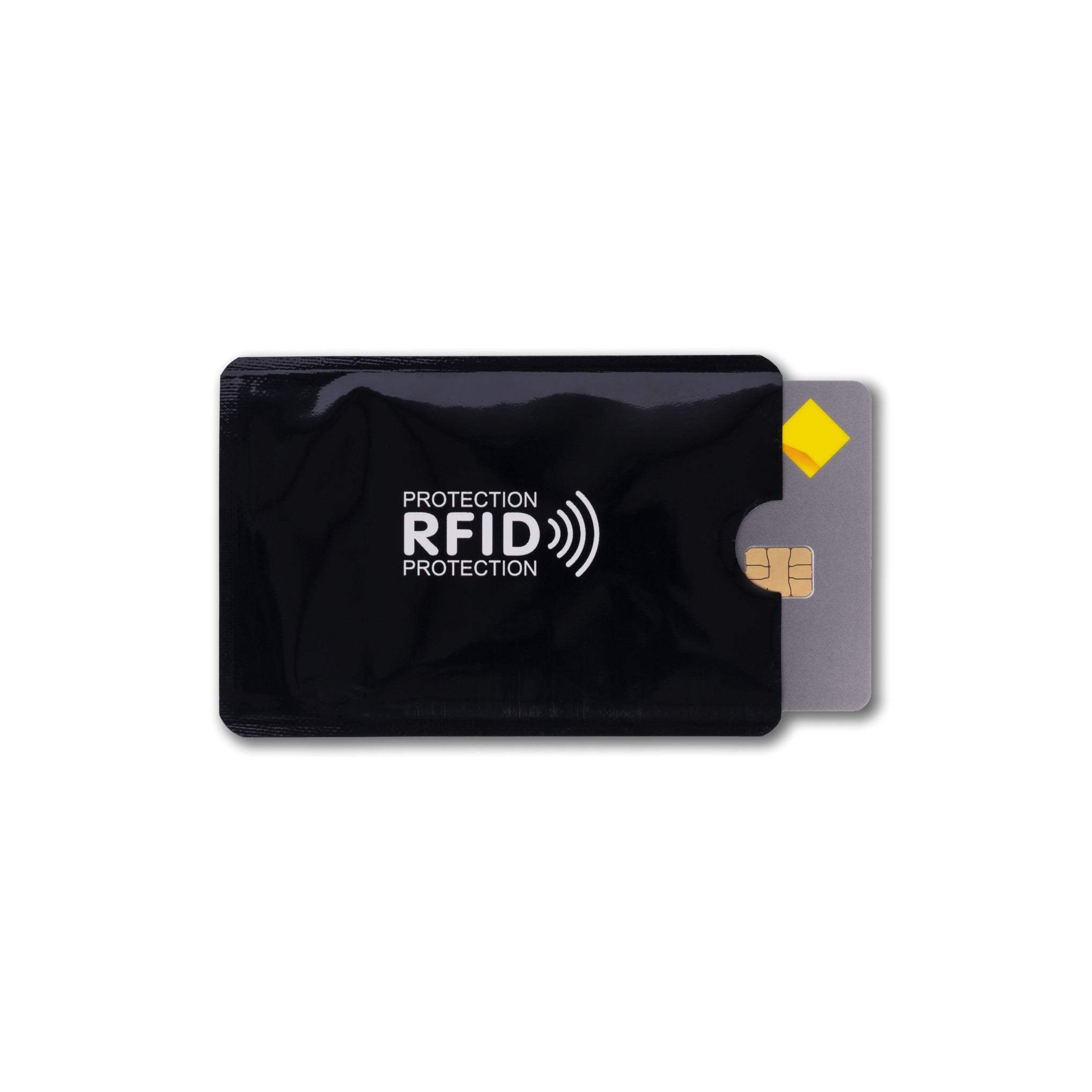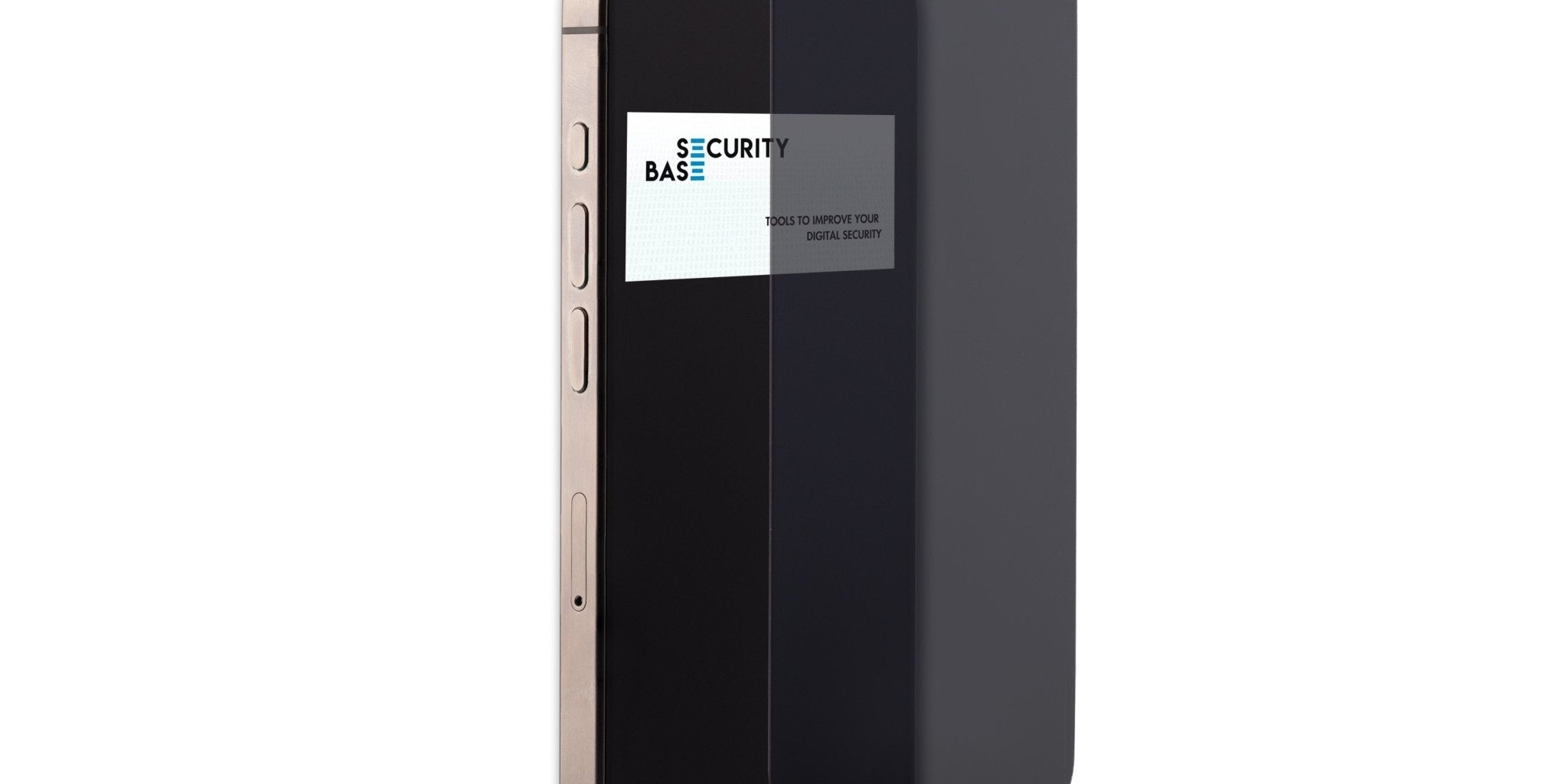In today's digital landscape, organisations face a constant barrage of unauthorised activities and potential attacks. These threats can originate from various sources, including networks and individual devices. To safeguard their assets, organisations must employ a comprehensive suite of cybersecurity measures.
This article will explore the essential cybersecurity technologies organisations can leverage to mitigate risks and protect sensitive data. We will delve into the key components of a robust security framework, including intrusion detection systems (IDS), anti-malware solutions, extended detection and response (EDR/XDR) systems, web and cloud-based security controls, modern identity security systems, log management, and content filtering.
Firewalls and Network-Based Cyber Security Controls
Firewalls are a barrier between trusted and untrusted networks, such as the internet. They inspect incoming and outgoing network traffic, blocking unauthorised access and malicious attacks. There are two primary types of firewalls:
- Hardware firewalls: Dedicated physical devices that provide robust security and high performance. Examples include Fortinet, Palo Alto Networks, and Check Point.
- Software firewalls: These are installed on individual devices or servers and offer a more flexible and cost-effective solution. Windows Defender Firewall and Linux IPTables are common examples.
Network-based cybersecurity controls also include:
- Intrusion Prevention Systems (IPS): These systems actively block attacks by inspecting network traffic for malicious patterns and anomalies.
- Virtual Private Networks (VPNs): VPNs create secure encrypted tunnels over public networks, protecting sensitive data from unauthorised access.
Intrusion Detection Systems (IDS)
IDS systems monitor network traffic for signs of unauthorised activity or potential attacks. They can be either network-based or host-based:
- Network-based IDS (NIDS): Monitors network traffic for suspicious patterns. Examples include Snort and Suricata.
- Host-based IDS (HIDS): Monitors system activity on individual devices. Examples include Tripwire and OSSEC.
Anti-Malware
Anti-malware software protects devices from malicious software, such as viruses, worms, trojans, and ransomware. These tools use various techniques to detect and remove threats, including:
- Signature-based detection: Compares files to known malware signatures.
- Heuristic analysis: Identifies suspicious behaviour patterns.
- Cloud-based scanning: Leverages cloud-based databases for real-time threat intelligence.
Popular anti-malware solutions include McAfee, Norton, and Bitdefender.
EDR/XDR Systems
Extended Detection and Response (EDR) and Extended Detection and Response (XDR) systems provide advanced threat detection, investigation, and response capabilities. They offer a more comprehensive and proactive approach to cybersecurity by:
- Collecting and analysing data: Gathering data from various sources, including endpoints, networks, and cloud environments.
- Detecting threats: Using advanced analytics and machine learning to identify sophisticated attacks.
- Investigating incidents: Providing detailed insights into security incidents to aid in incident response.
Web and Cloud-Based Cyber Security Controls
As organisations increasingly rely on web and cloud-based applications, it's essential to implement appropriate security measures:
- Web Application Firewalls (WAFs): Protect web applications from attacks such as SQL injection and cross-site scripting.
- Cloud Access Security Brokers (CASBs): Enforce cloud application and data security policies.
- Cloud Security Posture Management (CSPM): Assesses cloud environments for security vulnerabilities and compliance risks.
Modern Identity Security Systems
Identity security is a critical component of cybersecurity. Modern identity security systems include:
- Single Sign-On (SSO): Allows users to access multiple applications with a single set of credentials.
- Multi-Factor Authentication (MFA): Requires users to provide multiple forms of identification to access resources.
- Identity and Access Management (IAM): Manages user identities, access rights, and privileges.
Log Management
Log management involves collecting, storing, and analysing system logs to identify security threats and troubleshoot issues. Log management solutions like Splunk and Graylog can provide valuable insights into system activity and help detect anomalies.
Content Filtering
Content filtering blocks or restricts access to certain types of content, such as inappropriate websites or malicious downloads. Content filtering solutions can be implemented at the network, web, or email level.
Understanding and implementing these various cybersecurity technologies can significantly enhance organisations' security posture and protect against emerging threats.
In the ever-evolving threat landscape, organisations must remain alert and proactive in their approach to cybersecurity. By adopting a comprehensive strategy incorporating the technologies discussed here organisations can significantly enhance their security posture and protect against unauthorised activities.
A quick summary:
- Intrusion Detection Systems (IDS): Monitor networks and devices for suspicious activity.
- Anti-Malware: Protect against malicious software such as viruses, worms, and ransomware.
- EDR/XDR Systems: Provide advanced threat detection, investigation, and response capabilities.
- Web and Cloud-Based Security Controls: Safeguard web applications and cloud environments.
- Modern Identity Security Systems: Manage user identities, access rights, and privileges.
- Log Management: Collect, store, and analyse system logs for threat detection and troubleshooting.
- Content Filtering: Block or restrict access to inappropriate content.
By understanding and implementing these essential cybersecurity technologies, organisations can effectively mitigate risks, protect their valuable assets, and maintain a secure digital environment.
